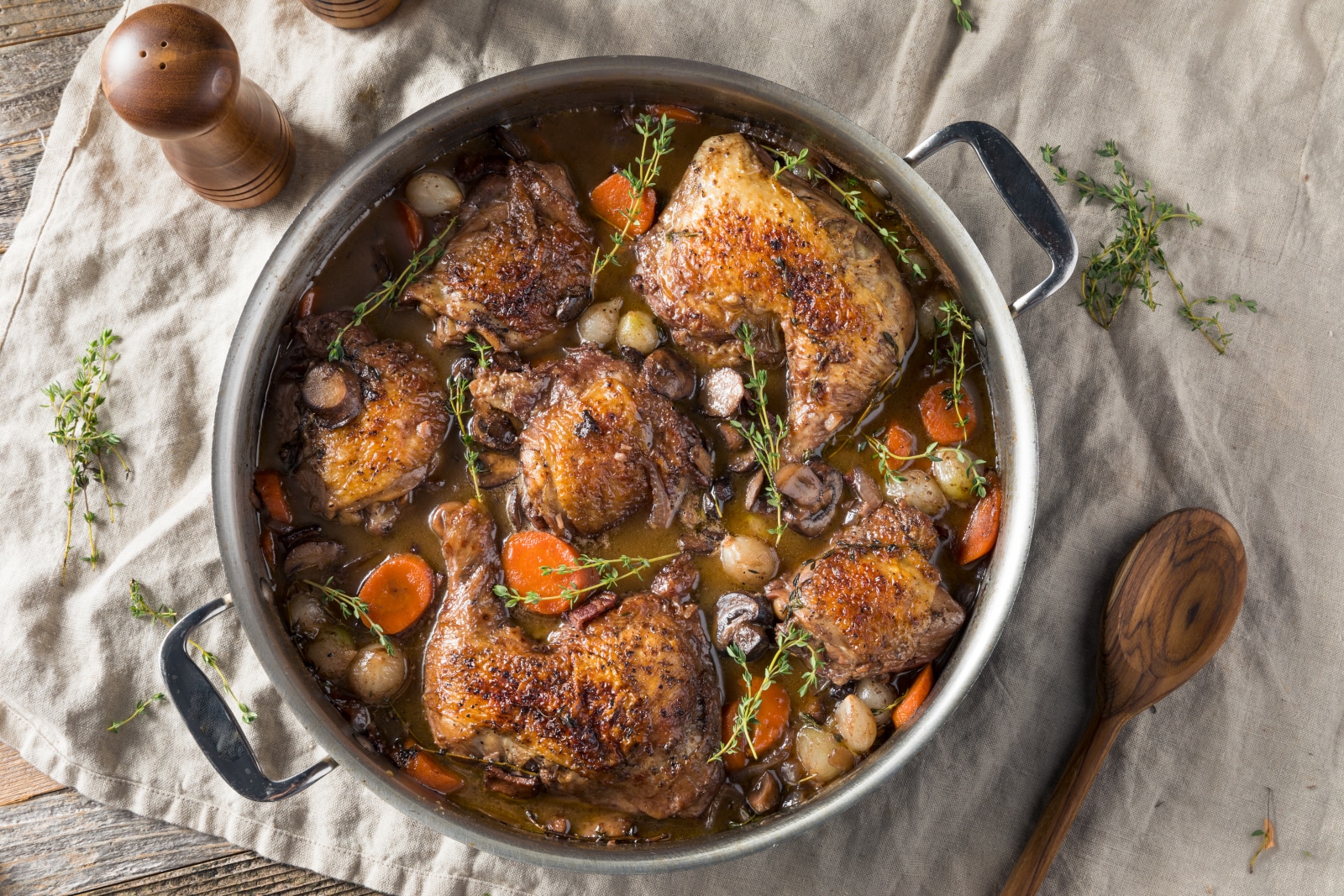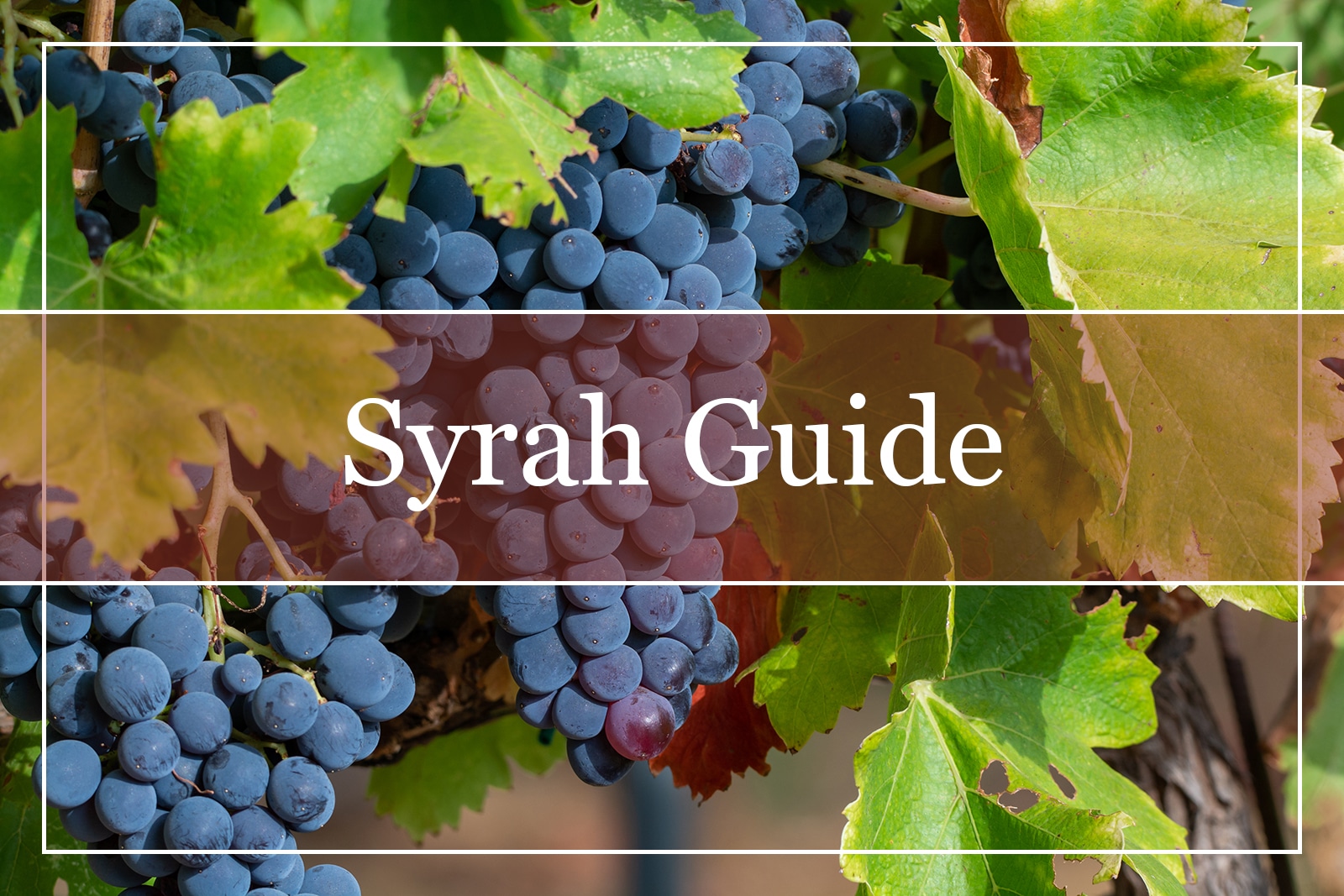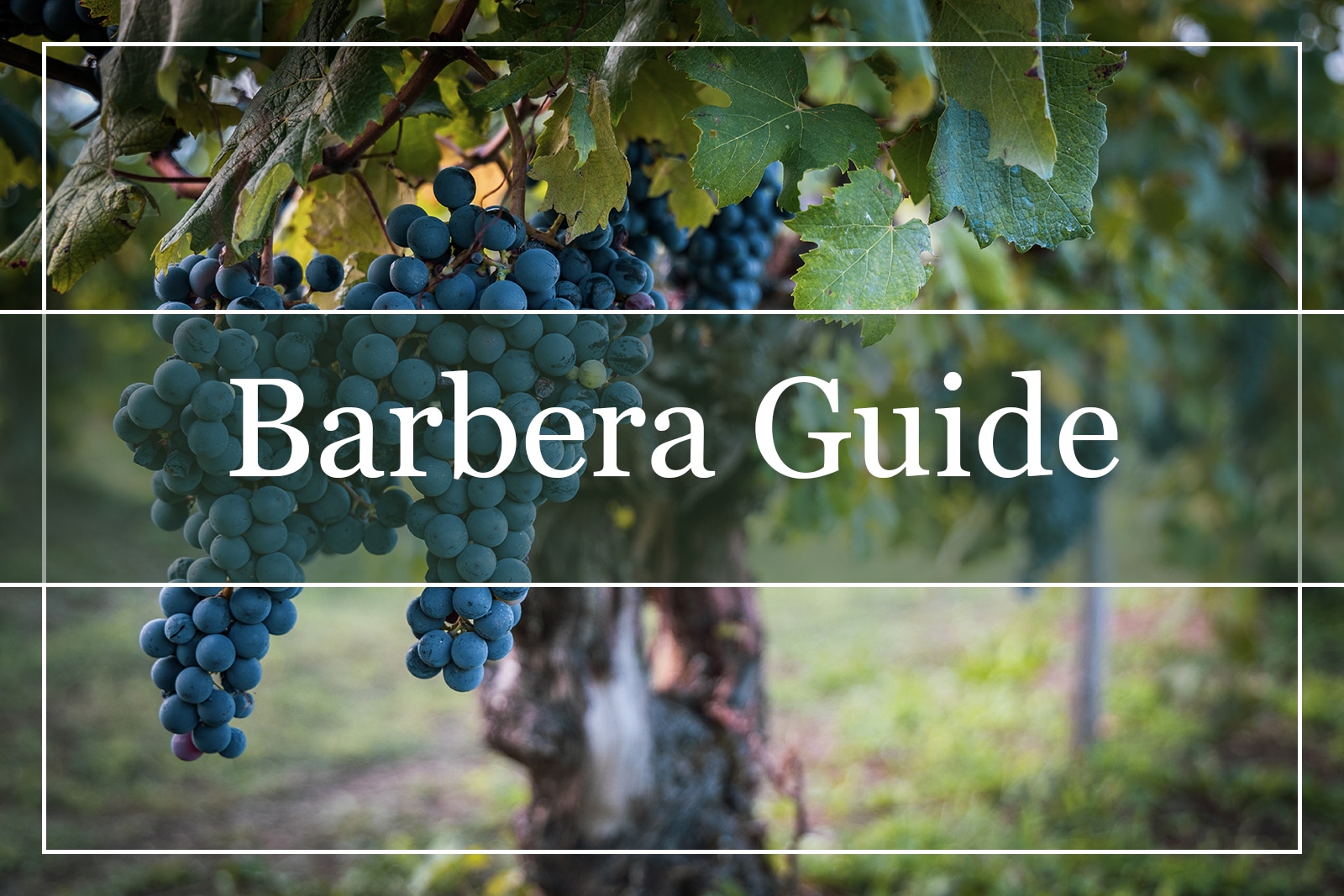What Is Petite Sirah?
There is much confusion around this wine, particularly because of the similarity in the name Petite Sirah and Syrah. Besides their names, these two wines have very little in common. It is important to remember that Petite Sirah is not the baby sibling of Syrah and is certainly not a diluted version of Syrah either. The Petite Sirah characteristics are distinctive and it has a completely different tasting profile as well.
Petite Sirah is dark, bold, and rich, with highly textured tannins. This gives it wonderful aging potential, and it improves with age, so it is worth the wait. Twenty to forty years in the cellar will not diminish its character and it will emerge from the bottle with flavors that are as fresh and vibrant as they were when they first went in.
What Color Is Petite Sirah?
The red grapes that are used, produce an inky purple wine, which has become known as the definitive Petite Sirah color.
What Does Petite Sirah Mean?
The Durif grape named after Dr. François Durif is called Petite Sirah in America. Dr. Durif crossed two grapes namely Syrah and Peloursin to create the Petite Sirah grape. As I mentioned before, Petite (small in French) implies that it is a diminutive version of the Syrah grape, whereas it is a completely new varietal.
How to Pronounce Petite Sirah?
The correct Petite Sirah pronunciation is “Peh-teet sear-ah”.
There are four syllables, with the emphasis on the second syllable. Remember that the letter “t” is silent in French. Try saying the word aloud several times or recording your attempts until you are sure that you can say the name faultlessly. Many online videos will help you to hear and say the name of this wine correctly. Soon you will be ordering this wine from the menu correctly with confidence.
Where Does Petite Sirah Come From?
Petite Sirah was discovered growing in France in the 1800s. It was known as Durif because it came about following an experiment by Dr. Durif. The wine produced from these rare grapes is full-bodied and has the flavors of ripe blueberries, plums, chocolate, and black pepper. Today, it is predominantly grown in the New World in places like the USA (California), Australia, Israel, Brazil, Argentina, Chile, and Mexico. It is very difficult to find this grape growing in France any longer.

What Kind of Wine Is Petite Sirah?
The Petite Sirah grape is small, dark-skinned, and forms tight bunches on the vine. Don’t be fooled by the size of the grape – it packs a huge amount of flavor! By producing a red wine with a large amount of dark skin in the ration to juice, the color is a deep purple and it has high acidity and tannin levels.
Is Petite Sirah Dry or Sweet?
Petite Sirah is a dry red wine. There may be some residual sugar after the conversion to alcohol, but that does not translate into sweetness in the wine.
What Does Petite Sirah Taste Like?
Being one of the darkest red wines that are produced worldwide, Petite Sirah is full of the distinctive ripe fruit flavors of plums and blueberries. The Petite Sirah flavor profile also includes hints of dark chocolate, pepper, black tea, licorice, and mocha. This wine has a reputation for being big, bold, and beautiful, which leaves a memorable, intense finish on the palate.
Because the wine is terroir influenced, Petite Sirah tasting notes mention the differences that are found between French, or cooler climate produced wine compared with warm climate Petite Sirahs. Petite Sirah from cooler climates may have more earthy flavors and citrus notes, while warmer climate versions have richer, jammy flavors and higher alcohol.
You can expect the Petite Sirah aroma from warmer climates to include blackberry jam, black pepper, and menthol, as well as vanilla and lavender from being aged in oak.
It is not easy to get your hands on a bottle of 100% Petite Sirah because it is ideal for blending with other red grape varieties, but when you do, you will be awed by the bold flavors and aromas of this little beauty. A well-aged bottle of Petite Sirah will be good company with food, on its own or shared (reluctantly) with friends.
How to Serve Petite Sirah?
It is advisable to consider a cooler temperature to serve Petite Sirah wine. At around 65 ºF (18ºC), you will elevate the floral, fruity flavors that are characteristic of this red wine. It will also reveal its minerality. Decanting the wine before chilling for two to four hours will be ideal to show off the flavors of the Petite Sirah at their best.
How Long Should Petite Sirah Breathe?
It is very important to decant this wine and allow it to breathe for at least two hours, and more if you have the time. A perfectly aged Petite Sirah will mellow and the inherent complexity of flavors will evolve if it is given time to aerate.
What Food to Pair With Petite Sirah?
Typical of red wines like Petite Sirah, the full flavors and high tannins which give the wine its bitter, astringent mouthfeel, also means that the food pairing needs some thought. It is preferable and makes good-tasting sense to match Petite Sirah with rich, hearty food that has enough fattiness and substance to complement the tannins.

Food Pairing
As you plan your menu for Petite Sirah food pairing, examine each aspect of the dish, as well as the spices, etc., and try to match them with the characteristic flavors of this full-bodied red wine. Take note of the basic flavor profile of the wine, which includes deep fruit flavors, black pepper, and some smokiness, and try to mirror these flavors in the food.
Meat Pairing
Meat and Petite Sirah are a perfect love/flavor match! It does not really matter how the meat is prepared and cooked, it will always taste better with a glass of this red wine.
Great Any Time of Year!
You can serve this wine at any time of year because it will enhance the typical flavors that come with the changing seasons. For instance, barbequed steak, ribs in a marinade, pork, sausages, and hamburgers will be great with a sip of chilled Petite Sirah on a hot August night.
This wine is equally good with hearty beef stews, Moroccan Lamb tagine, Coq Au Vin, or thick winter warming broths for example. Any dish with complementary spices such as allspice, cloves, cinnamon, and black pepper would be great so that would include many global cuisines such as Asian, Mexican and Italian. Common Mediterranean flavors from herbs and spices like Sage, Rosemary, Peppers, Lavender, Cocoa, and Juniper will also work a treat with this wine. A traditional South African dish called “Babotie” has many of the recommended spices and includes raisins or currants in this mild curry mince – mmm, simply a wonderful blend of flavors.
Match This Bold Wine with Bold Food
No matter what you cook, remember to make sure that the flavors of the food are bold enough to stand up to the bold flavors of this wine and you will receive only praise for your menu. A small word of caution: Petite Sirah does not pair well with exceptionally sweet dishes, so take care with some Asian dishes or sweet desserts.
Vegetable Pairing
Baked or roasted vegetables in creamy sauces are one suggestion. You could also include mushrooms, aubergines, stuffed peppers, or truffles for an extra-special occasion.
Petite Sirah Cheese Pairing
The high level of tannins in Petite Sirah make it an ideal match with creamy, soft cheeses like Camembert, Brie, Mozzarella, Emmental, or Gouda. It is delicious with Alpine meals like Raclette or Fondue which use melted Swiss cheese.
Very aged, or “stinky” cheeses are surprisingly not well-matched with this red wine so think carefully about the cheeses that you include on your platter.
How Much Alcohol Does Petite Sirah Have?
The Petite Sirah alcohol content is noteworthy! These reds can be some of the most potent wines available and often have alcohol content above 14.5%. Always drink responsibly, but with complete enjoyment!
How Many Calories Are There in Petite Sirah?
You can expect around 25.1 calories in 1 fluid ounce of Petite Sirah. In that measure, there will be 0.8g of carbs in Petite Sirah.
Conclusion
The irony of the name of this red wine is not lost on wine lovers. It is anything but “petite” and winemakers, in the past, seemed to go out of their way to prove this point. Petite Sirah did not have a great reputation because it was too “over the top” for most palates and constitutions. The best way to describe this wine with its brute strength, bold flavors and dense, chewy texture was “masculine”. It was too ballsy, much like a clumsy adolescent with too much testosterone. These features were adopted by the Californian wine industry, but they soon found that most red wine drinkers wanted something with a bit more finesse.
Petite Sirah is a Special Treat!
Now, at last, winemakers have changed their techniques to produce examples of Petite Sirah that are refined, mature, and an absolute delight. While retaining the wonderful inherent features of the grape, such as the fruit flavors and spicy aromas, they have managed to tame it and create a red wine variety that is full of gracious nuances rather than punching you in the mouth. Now you can enjoy one of the most beautiful, opaque purple wines that boast some of the highest antioxidant levels of any wine. Healthy and full of flavor – there is nothing petite about Petite Sirah!







